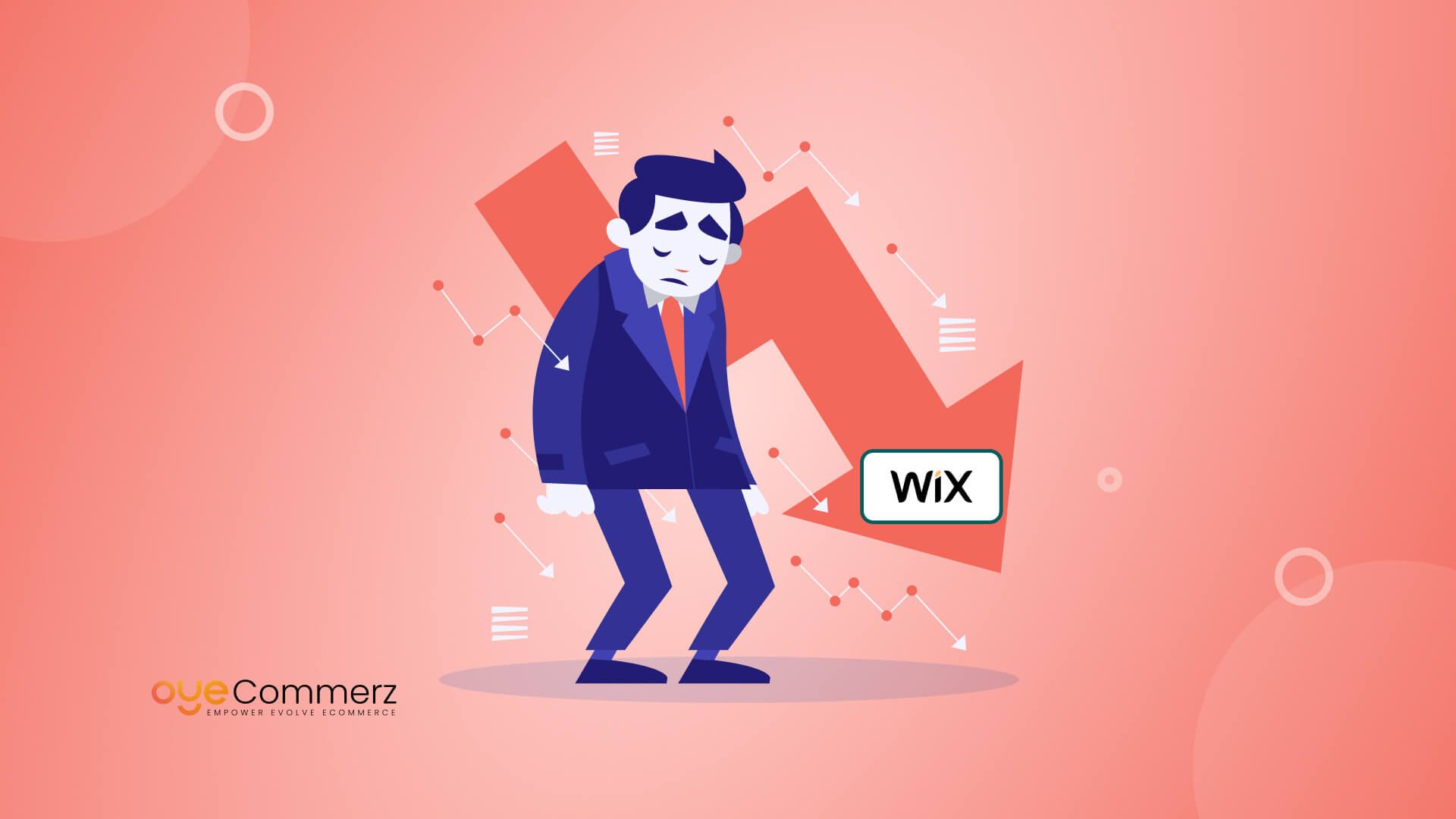In the current online landscape, choosing the appropriate e-commerce platform is essential for enterprise growth. If you are currently utilizing Wix but thinking about a move to Shopify, you are in good company. Numerous businesses are migrating to Shopify to take advantage of its powerful capabilities, scalability, and dedicated e-commerce solutions. This article will outline the migration process, guaranteeing a smooth transition and setting you up for e-commerce achievement.
Why Migrate from Wix to Shopify?
Before diving into the migration process, it's important to recognize why Shopify might be a superior fit for your e-commerce needs:
- E-commerce Focus: In contrast to Wix, which caters to various website types, Shopify is designed specifically for e-commerce, providing advanced tools and features tailored for online selling.
- Scalability: As your business expands, Shopify can easily handle higher visitor volumes and transactions capacity without sacrificing efficiency.
- Wide-ranging App Library: Shopify provides a large collection of apps that can enhance your store's functionality, from marketing tools to inventory management solutions.
- Search Engine Optimization: Shopify offers better SEO options, which can help improving your store’s visibility on search engines.
- Payment Options: With multiple transaction platforms supported, including Shopify Payments, you can provide customers a variety of payment methods.
Preparing for Migration
To guarantee a trouble-free migration from Wix to Shopify, adhere to these preparatory steps:
1. Backup Your Data
Download all your information from Wix, including item information, customer information, and order history. This step is vital as it guarantees you have a copy of everything before starting the transfer.
2. Select a Pricing Option
Assess the various Shopify plans available and choose one that aligns with your company’s requirements. Consider factors such as transaction fees, features included, and growth potential.
3. Create Your Shopify Profile
Register your Shopify account and familiarize yourself with the platform’s interface and features.
The Migration Process
Now that you're ready, it’s time to transfer your store from Wix to Shopify. Here’s how:
1. Import Products
Utilize Shopify's built-in import tool or external tools like Cart2Cart or LitExtension to Data security transfer your items from Wix to Shopify.
Make sure that product descriptions, pictures, prices, and options are correctly imported.
2. Migrate Client Information
Import customer information such as user names and email addresses into your new Shopify store. This process is vital for retaining customer relationships and marketing efforts.
3. Configure Transactions
Configure transaction methods in your Shopify store to ensure smooth payments. You can select from various platforms like credit cards, PayPal, and more.
4. Customize Your Store Design
Choose a design that aligns with your brand identity. Customize it using Shopify's design tools to create an attractive and user-friendly shopping experience.
5. SEO Optimization
Implement SEO best practices during the transition process:
- Configure 301 redirects from old Wix URLs to new Shopify URLs.
- Enhance item names, details, and photos with relevant keywords.
- Update meta tags and alt texts for better search engine visibility.
Post-Migration Steps
Once your store is live on Shopify, consider these post-migration steps:
1. Test Your Store
Perform comprehensive testing of your new store:
- Verify item listings for accuracy.
- Test payment processes.
- Ensure all hyperlinks work correctly.
2. Promote Your Store
Broadcast your new store launch through newsletters and social platforms.
Think about running promotions or discounts to draw shoppers.
3. Track Your Progress
Leverage analytics tools within Shopify to track sales performance and customer behavior.
Modify your strategies based on performance analytics.
Conclusion
Migrating from Wix to Shopify can significantly enhance your e-commerce potential and lay the foundation for growth and achievement. By following this guide and taking Digital marketing strategies for Shopify a systematic approach to the migration process, you can ensure a smooth transition that reduces downtime and maximizes opportunities for revenue. Welcome the change and see your online store thrive on its new platform!
